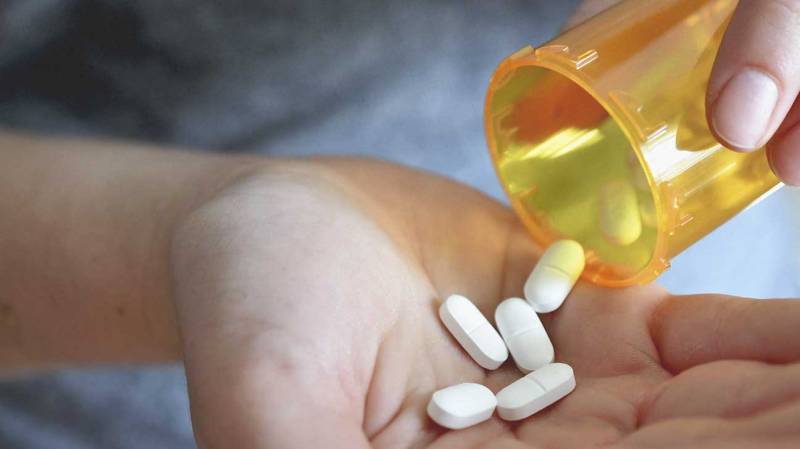We are at war with the microscopic world, a war far beyond the spectrum of human eye and hence incapable of comprehending the imminent threat it poses to our existence. Our adversary –the microbes – inherently possesses extraordinary survival skills. They were one of the first beings on earth and have, till today, successfully managed to hold their ground.
We got our first breakthrough in this long-winded duel in 1928 when Sir Alexander Fleming discovered the first antibiotic, penicillin, in what is referred to as a serendipitous accident, thus setting in motion the “magical antibiotic era” which has opened new vistas in the field of medicine. Since that day, miraculous life-saving cures have become the norm owing to the golden bullets which antibiotics are in terms of their specificity towards killing the intended bacteria.
From keeping infections at bay during chemotherapy or in chronic diseases like diabetes to allowing complex surgeries such as organ transplantation or heart surgery, these wonder drugs have dramatically spiked the life expectancy graphs in most countries around the world.
Antibiotics are not like ordinary drugs. Fleming, figured this out early on and worried that “an ignorant man” runs the risk of under dosing himself resulting in the creation of drug-resistant bacteria. Paracelsus, a 16th century Swiss physician, expressed the classic toxicology maxim “All things are poison and nothing is without poison; only the dose makes a thing not a poison.” Rightly so, even if food, water or oxygen is taken in quantities greater than what is required by the body, it can lead to perilous outcomes. Similar is the case with antibiotics. Their immense success has plunged us into an “era of misuse”. We have wrongly used these drugs at harmful doses and even for viral infections such as common cold or flu, where they serve no purpose at all. The without prescription easy availability of antibiotics over-the-counter and the socially embedded trait of self-medication has further compounded the issue. All this has brought us face to face with the previously distant and unattended possibility of antibiotic resistance and has unveiled a new dimension for bacteria to thrive, thus rendering almost all antibiotics ineffective.
Furthermore, little or no attention has been paid to the farming industry. Mass usage of antibiotics by farmers to prevent infections and to speed up the growth of livestock has transformed farm animals into disease-spreading machines. These animals harbour antibiotic-resistant bacteria till they reach our dining tables.
Research has come forth with a new narrative. Traces of tetracycline, a broad-spectrum antibiotic, have been found in human skeletal remains from ancient Sudanese Nubia dating back to 350–550 CE. Perhaps the only explanation is that the diet of these people was enriched with tetracycline-containing materials. Also, Chinese history is filled with usage of antimicrobial agents. The best-known example is of qinghaosu (artemisinin), a potent anti-malarial drug, which was used by Chinese herbalists for thousands of years. These long-term antimicrobial activities may have been one of the primary factors contributing to the accumulation of antibiotic-resistant genes in human populations.
Engaged by the British government, a project named “Review on Antimicrobial resistance” in a recent report stated that every year antibiotic resistance takes at least 700,000 lives globally; by 2050 this number is expected to reach 10 million. Earlier this year, World Health Organization (WHO) released a “priority pathogen list” with bacteria like Acinetobacter, Pseudomonas and Enterobacteriaceae at the top.
Our capacity to produce new antibiotics has been dried up for the past many years. The last new antibiotic, daptomycin, was discovered in 2003 and resistance to it was developed within the very next year. Such is the gravity of the situation that to counter this, world at large needs to invest aggressively in research and development to produce newer drugs. Solely depending on pharmaceutical companies would be a flawed approach as often these are the ones luring doctors to overly prescribe their products. New drugs alone will not resolve this crisis as resistance to them will also be developed, therefore it should be aided with regulations such as banning over-the-counter antibiotic access, eradicating quackery and spreading awareness amongst the masses on a war footing that excessive use of antibiotics is harmful. Physicians should carefully analyse the patient before prescribing these drugs and clear advice should be rendered regarding the dosage and duration.
We can also contribute individually by preventing infections. The simplest and perhaps the most effective way is by maintaining good hand hygiene and keeping our vaccinations updated. In addition we need to become better consumers by making sure our food contains minimal antibiotics and better patients by asking doctors why they are being prescribed antibiotics and by avoiding self-medication.
In 2014, WHO reported “this serious threat is no longer a prediction for the future, it is happening right now in every region of the world and has the potential to affect anyone, of any age, in any country.” Today we stand at the threshold of the post-antibiotic era, where conditions such as a minor skin cut could lead to death. This health scourge has been gaining momentum silently; transcending all international borders and the only way out is through unified global efforts.






